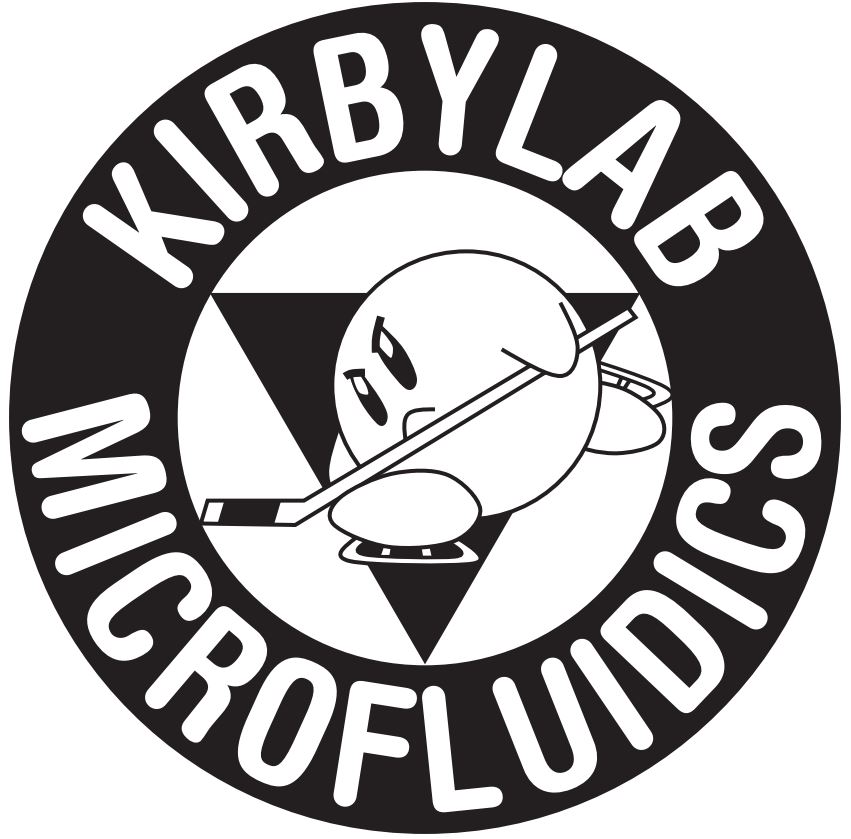Shalu recently published in JBMR-A, Lab on Chip and Biomedical Microdevices
My paper entitled “In vivo fluorescence imaging of biomaterial-associated inflammation and infection in a minimally invasive fashion” recently got accepted for publication in Journal of Biomedical Materials Research A. This paper highlights the work I performed in Prof Andres Garcia lab at Georgia Tech before moving to Cornell. In this paper, we present a minimally invasive strategy for simultaneous, real-time monitoring of implant associated-aseptic inflammation by detecting ROS and bacterial infection by detecting NO released in the vicinity of the implant. This imaging modality has clinical translational potential and could be very beneficial for the development of novel therapies to improve the performance of biomedical devices. Here is the link to the full paper: http://onlinelibrary.wiley.com/doi/10.1002/jbm.a.35162/abstract
Recently I also published 2 more papers in Lab on a chip and Biomedical Microdevices. The title of Lab on a chip paper is”Microfluidic-based patterning of embryonic stem cells for in vitro development studies“. In this paper, we developed a multicellular embryoid body fusion technique as a higher-throughput in vitro tool, compared to a manual assembly, to generate developmentally relevant embryonic patterns. The proposed microfluidic approach could be used to manipulate hundreds or more of individual embryonic cell aggregates in a rapid fashion, thereby allowing controlled differentiation patterns in fused multicellular assemblies to generate complex yet spatially controlled microenvironments. Here is the link to the full paper: http://pubs.rsc.org/en/content/articlelanding/2013/lc/c3lc50663k#!divAbstract
In the Biomedical Microdevices paper entitled “Single-cell analysis of embryoid body heterogeneity using microfluidic trapping array“, we examined the ability of a microfluidic cell trapping array to analyze the heterogeneity of cells comprising embryoid bodies during the course of early differentiation. The method described in the paper represents a novel approach for evaluating how heterogeneity is manifested in embryoid bodies cultures and may be used in the future to assess the kinetics and patterns of differentiation in addition to the loss of pluripotency. Here is the link to the full paper: http://link.springer.com/article/10.1007%2Fs10544-013-9807-3
